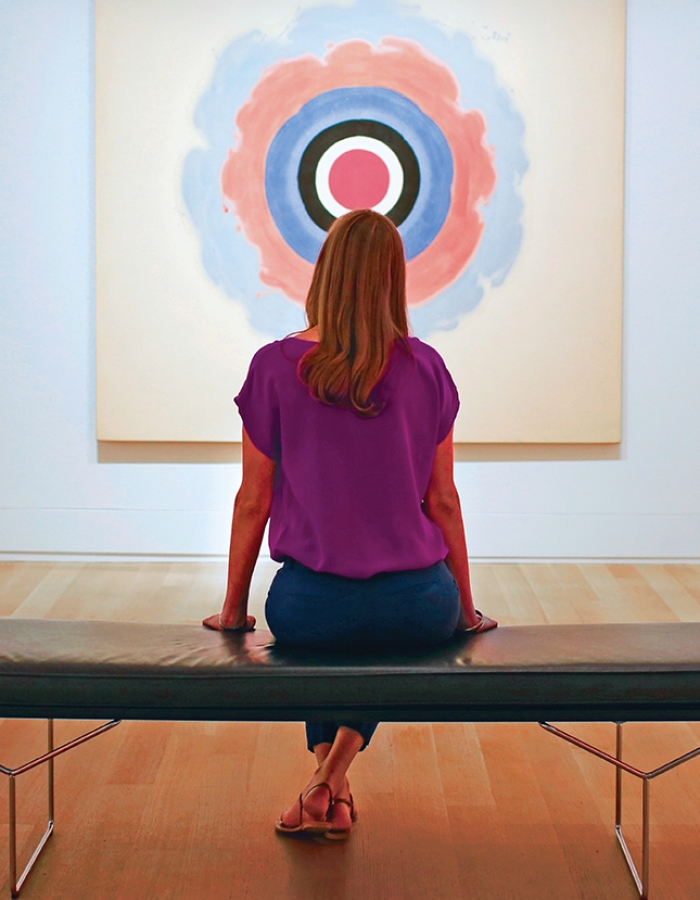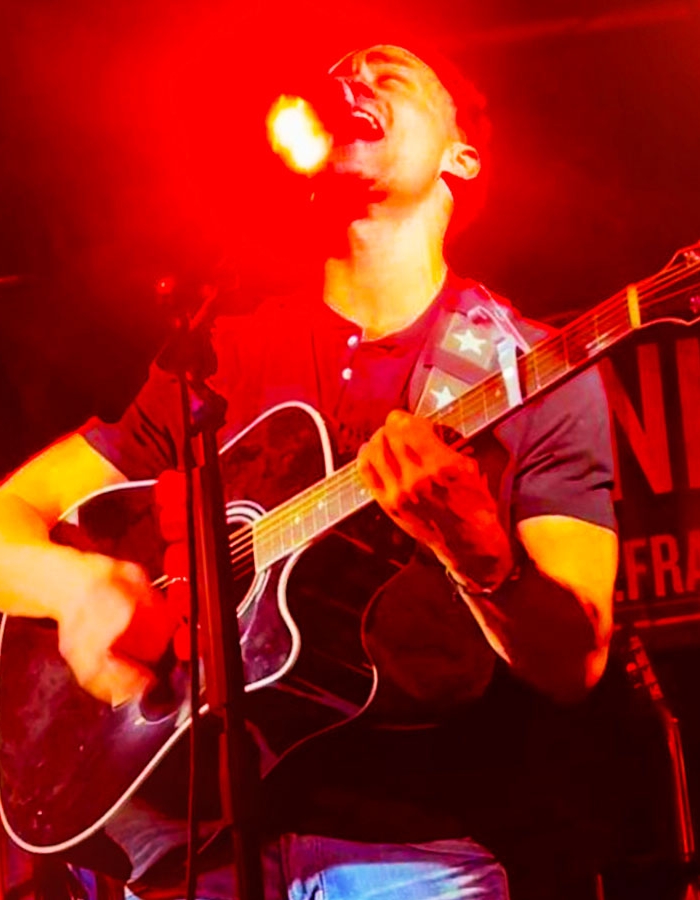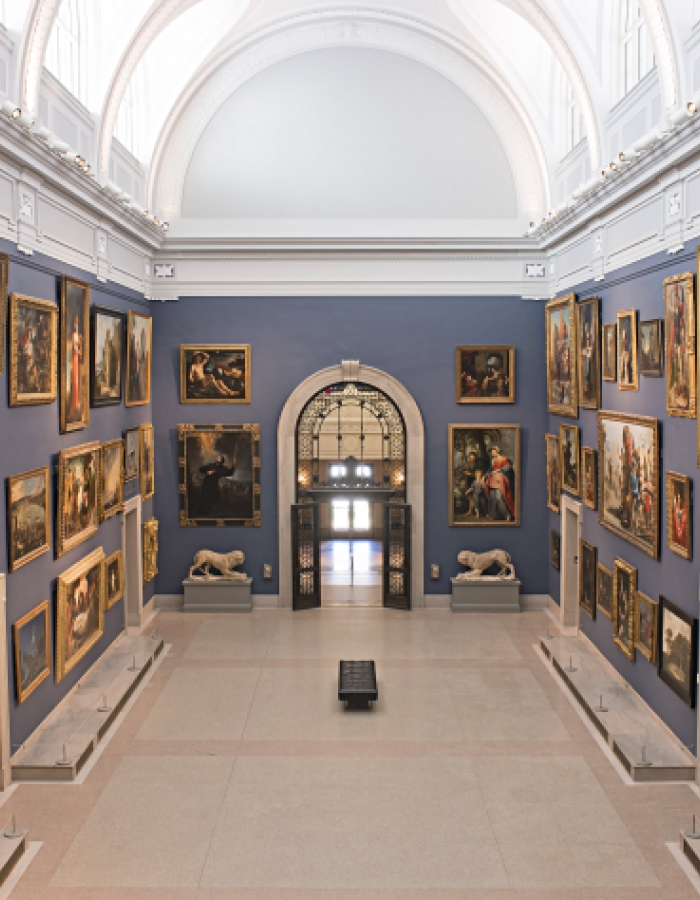A Connecticut Architecture Tour
last updated: November 2024
From historic to artistic, one-of-a-kind structures to celebrated work by well-known architects, you will find so many fascinating places on a tour of Connecticut’s diverse architectural legacy. Some of the stops in this tour are homes, others are museums, libraries, town halls and even a church. But if you appreciate design and originality, you'll find each has a distinctive look, appeal and history all its own.
Interested in learning about more Connecticut architecture? Check out Preservation in Action, a book that takes readers on a one-of-a-kind tour through exquisitely preserved, chronicled and illustrated historic buildings.
Barnum Museum, Bridgeport
Planned by P.T. Barnum himself, the building that has become his museum was intended by him to house the work of the Bridgeport Scientific Society. Finished in 1893, its influences include both Byzantine and Romanesque architecture, and its original façade is covered with detailed designs including busts and relief panels depicting a Native American, Christopher Columbus, George Washington, and even Grover Cleveland. Today, the historic building is closed while undergoing a full-scale conservation effort, as a result, all tours are canceled at this time.


Goodspeed Opera House, East Haddam
From its perch on the Connecticut River, beside one of the country’s oldest, still-operating swing bridges, the Goodspeed Opera House was built by William Goodspeed, a local merchant, and banker. One of the most visible and unforgettable structures in Connecticut, it was built in the Second Empire style in 1876 and has hosted hundreds of theater performances including the first-ever productions of well-known musicals like Man of La Mancha, Annie, and Shenandoah. Be sure to catch a show during the season.


Slater Memorial Museum, Norwich
Built in the Romanesque Revival style in 1885, the Slater Memorial Museum quickly became home to a collection of plaster casts that offered locals access to some of the most treasured classical sculptures in the world. You can still visit those casts and discover their storied history, today, along with other fascinating exhibits. (And while in Norwich, don’t miss a peek at the city hall, built in 1870 in the Second Empire style and listed on the National Register of Historic Places!)


Norfolk Library, Norfolk
Tucked into the northwestern corner of Connecticut, the Norfolk Library was built and gifted to the town of Norfolk by Isabella Eldridge in 1889. Constructed in the Shingle style of the New England school of architecture, evident by its fish-scale tile shingles, it was designed by George Keller, an architect known for his war memorials, including Hartford’s Soldiers and Sailors Memorial Arch.


Mashantucket Pequot Museum, Mashantucket
With a design that interacts with its environment and a 185-foot tower that offers sweeping views of the landscape, this non-profit educational institution brings to life the story of the Mashantucket Pequot Tribal Nation. Through multi-sensory dioramas, displays, and interactive exhibits, the Center serves as a major resource on the histories and cultures of Native Americans in the northeast and on the region’s rich natural history.


Mark Twain House, Hartford
Another famous American figure, the writer is known as Mark Twain, made his home in Hartford, Connecticut. Built in the American High Gothic style, based on Victorian architecture, it was rumored to have been paid for out of his wife’s inheritance. Despite renovations through the years, today the home still features furniture and intricate interior details that were there back in Twain’s time.


Hill-Stead, Farmington
Although today this mansion and its beautiful gardens are home to artwork and cultural performances, it has a fascinating history. Designed by Theodate Pope, who would later become one of the first licensed female architects in the country, as a family estate, Hill-Stead was built in the Colonial Revival style in 1901, with additional buildings and features added throughout the early 20th century. Hill-Stead’s guests included the most celebrated artists, inventors, and authors of their time, and in 1913, the remains of a dinosaur were found on the property.


Roseland Cottage, Woodstock
Built as a summer home in 1846, this Gothic Revival “cottage” is well-known for its pink exterior. Inside, its elegantly appointed Victorian furnishings are no less colorful, and the many rooms include the nation’s oldest surviving bowling alley. In the summer, the gardens are an extension of the house, offering colorful detail and inviting places to picnic.
Beinecke Library, New Haven
With its full name being The Beinecke Rare Book & Manuscript Library, this building is indeed a rarity. Although it is situated on the storied campus of Yale University and acts as an archive to the Yale University Library, built in 1701, Beinecke was completed in 1963 and boasts an iconic mid-20th century Modernist design. Inside, you can wander among stacks and stacks of books, archived papers, and manuscripts, including a rare Gutenberg Bible.


First Presbyterian (Fish Church), Stamford
Although this building is a house of worship and not technically a tourist attraction, visitors will find it to be one of Connecticut’s most fascinating structures, both inside and out. Designed in the shape of a fish, the Modernist style sanctuary was dedicated in 1958 and features stained glass windows containing more than 20,000 facets. Please visit respectfully.


The Glass House, New Canaan
New Canaan’s Glass House was built in 1949 by architect Philip Johnson to be his own home. Modernist-inspired, it was one of the first houses to use industrial materials as part of the design. The house and its landscape feature many works of art as well.


Ingalls Rink, New Haven
Often called “the Whale” because of its distinctive humpbacked roof, Ingalls Rink on the campus of Yale University was designed in 1958 by famed architect Eero Saarinen, a Yale grad who also designed the St. Louis Arch, among other landmarks). The roof is supported by a 300-foot backbone, the rink can hold 3,500 fans for a Bulldogs hockey game.


Gillette Castle, East Haddam
At times mistaken for an ancient castle or medieval fortress on its perch high above the Connecticut River, Gillette Castle is in fact a product of the early-20th century. Built by William Gillette, a famous actor whose greatest role was Sherlock Holmes, the twenty-four-room mansion is located on a 184-acre estate that is today Gillette Castle State Park, and features intriguing details, inside and out.


Yale Center for British Art, New Haven
Housed in an extraordinary and highly acclaimed building designed by famed architect Louis I. Kahn, the Yale Center for British Art houses the largest and most comprehensive collection of British art outside of the United Kingdom. The building’s design, materials, and skylit rooms combine to provide an environment for the works of art that is simple and dignified.
Special Delivery

Connecticut, Delivered Right to Your Fingertips
Share your email address to receive our free newsletter and be the first to see the latest travel deals, attractions and news from CTvisit.com!














